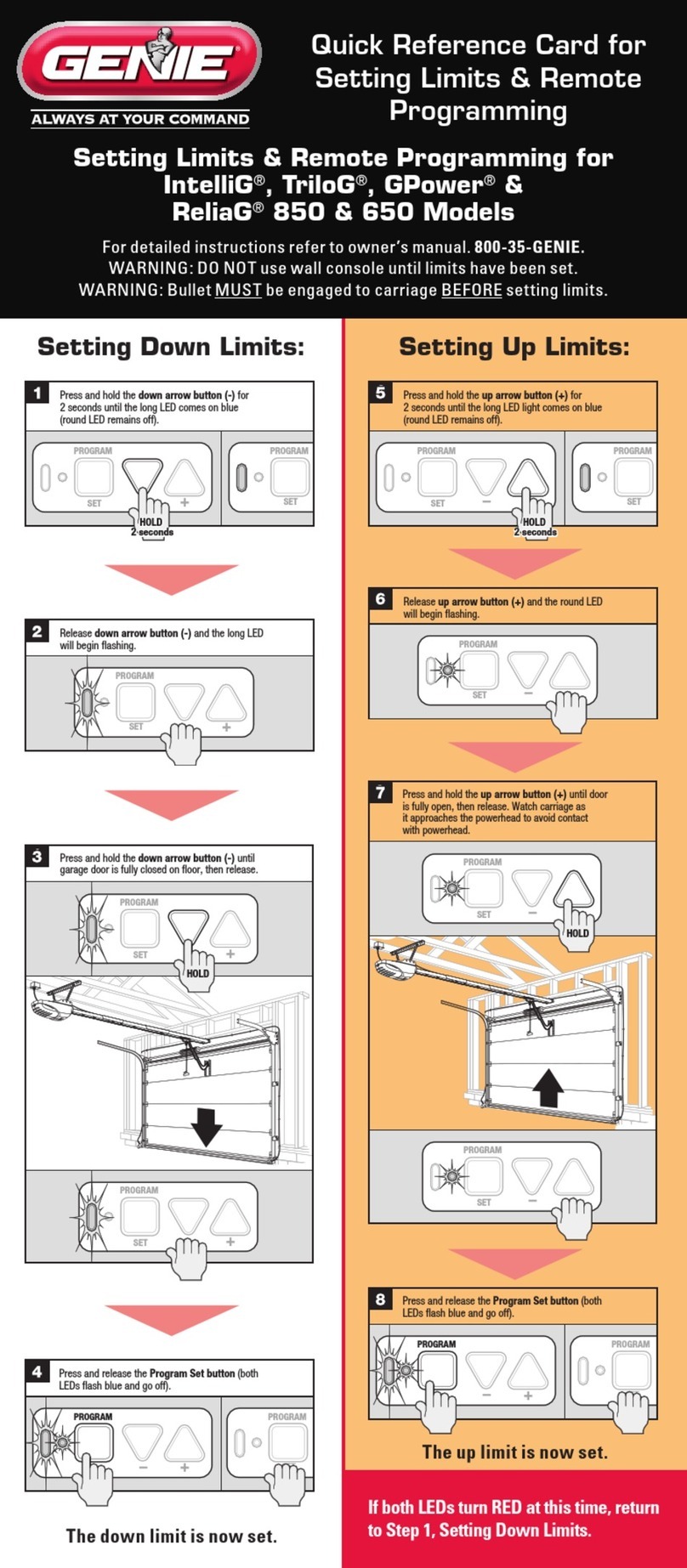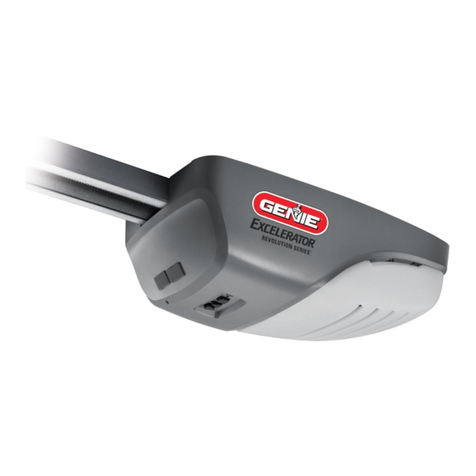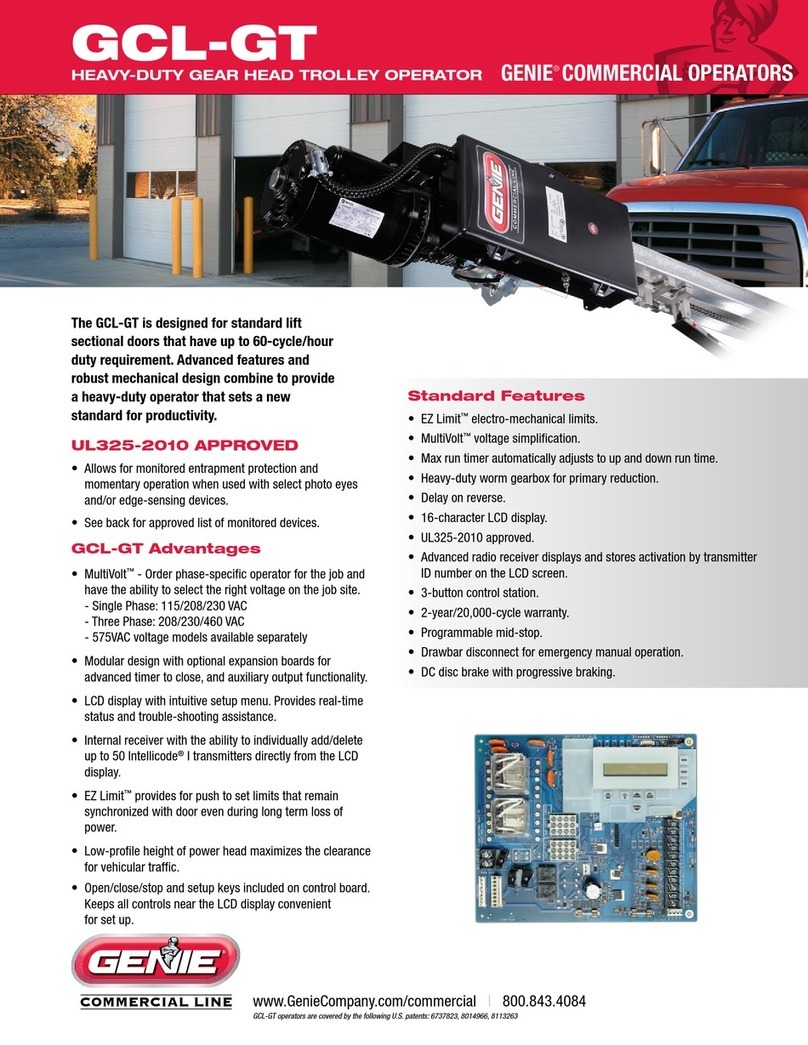Genie GCL-MT User manual
Other Genie Garage Door Opener manuals
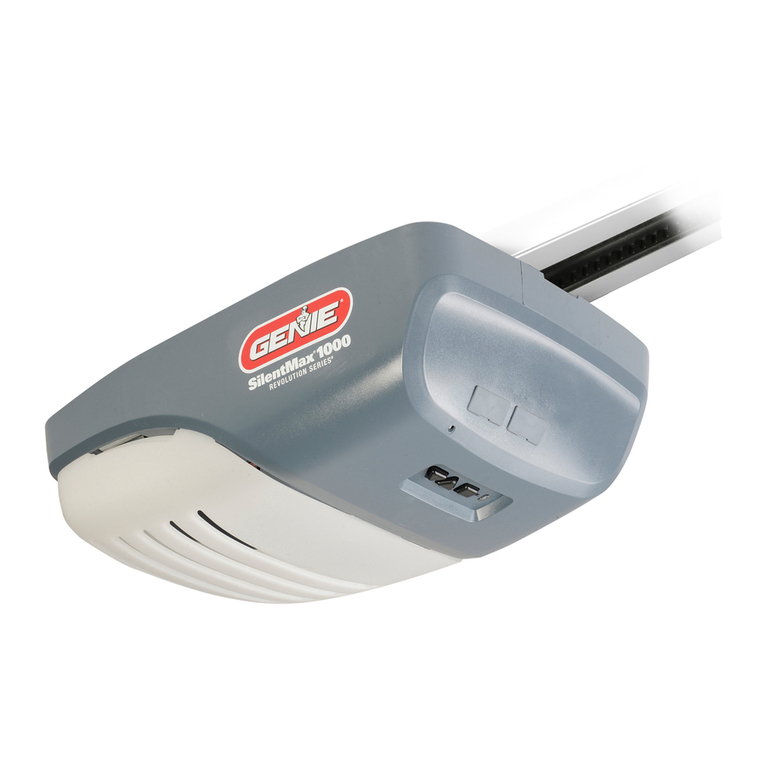
Genie
Genie SILENTMAX 1000 3042 User manual
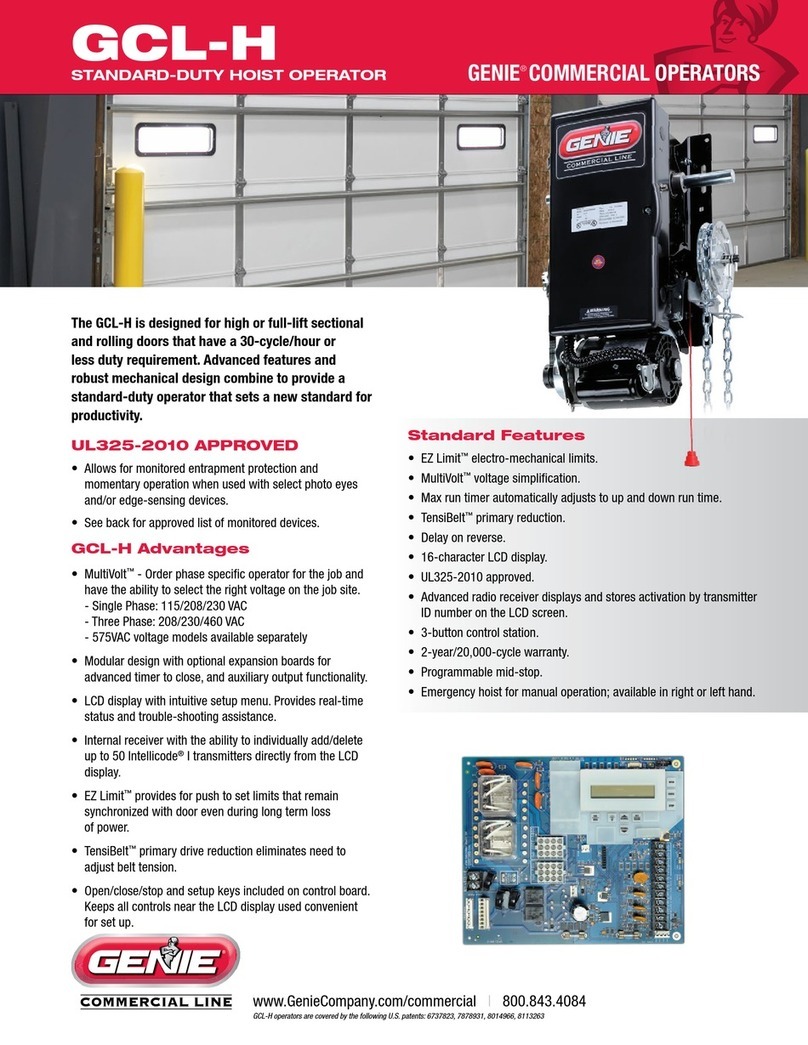
Genie
Genie GCL-H User manual

Genie
Genie 1035 Manual
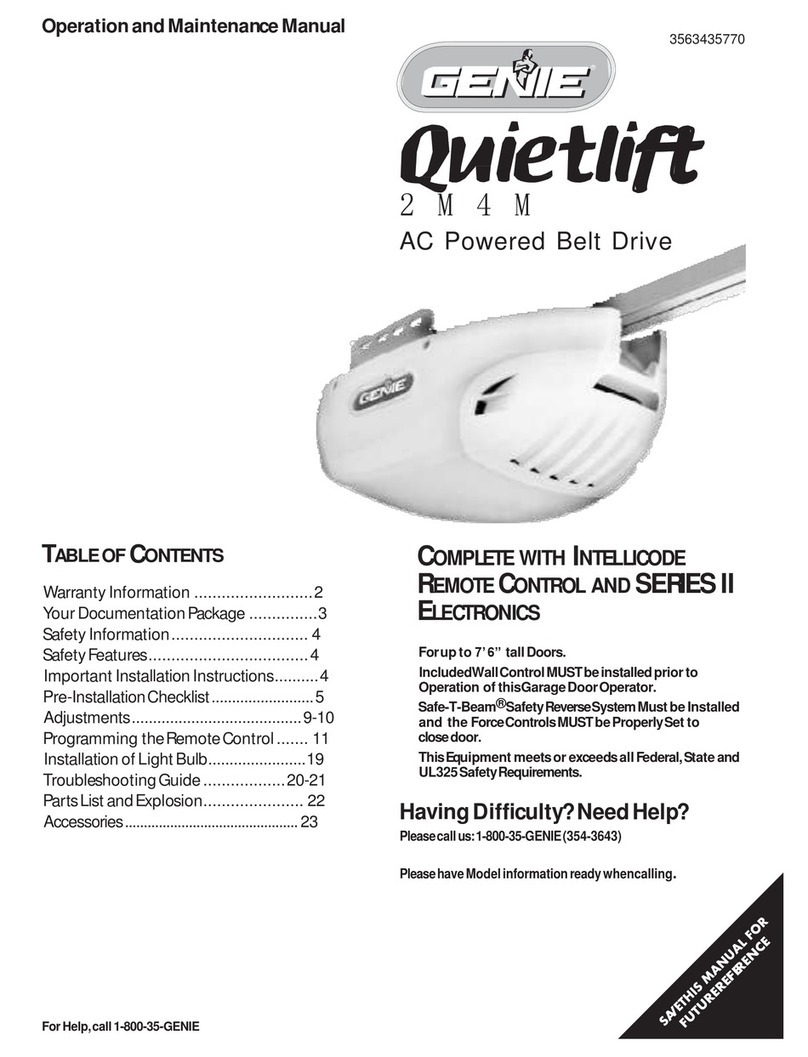
Genie
Genie Quietlift 2M User manual
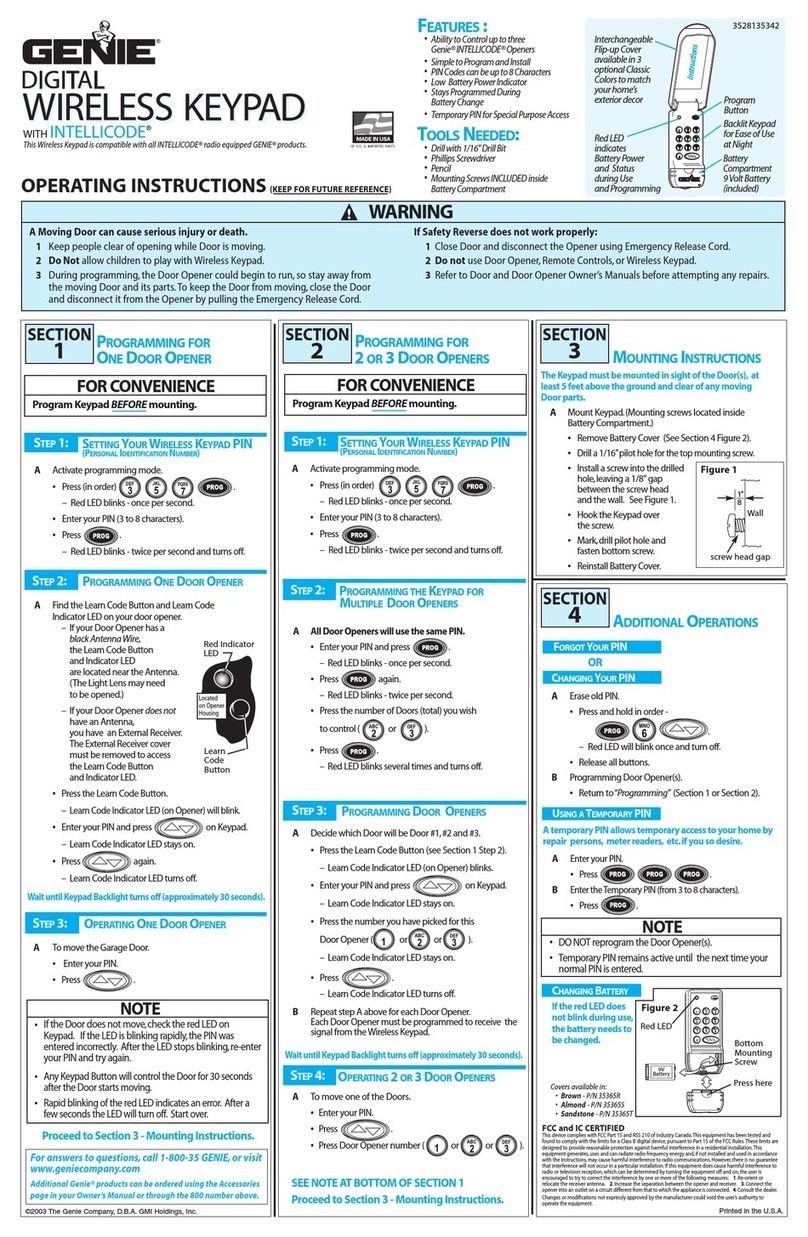
Genie
Genie Wireless Keypad User manual
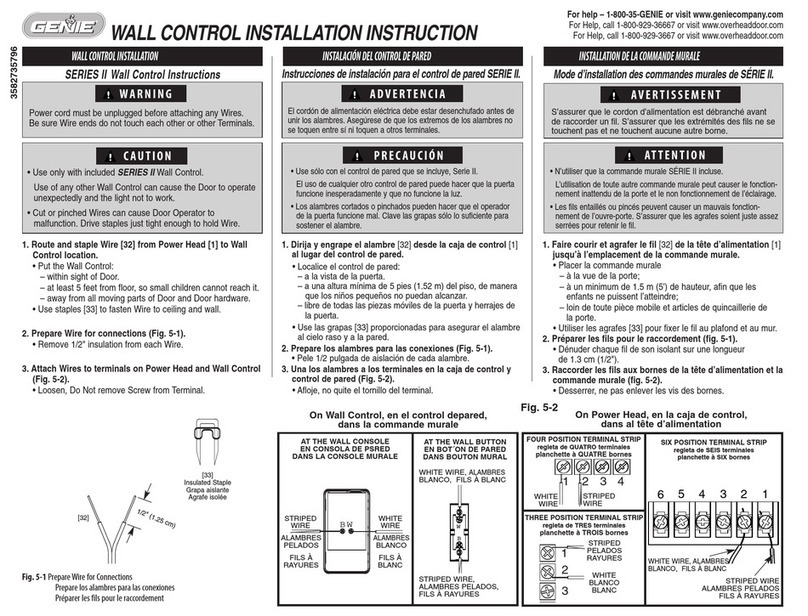
Genie
Genie WALL CONTROL User manual
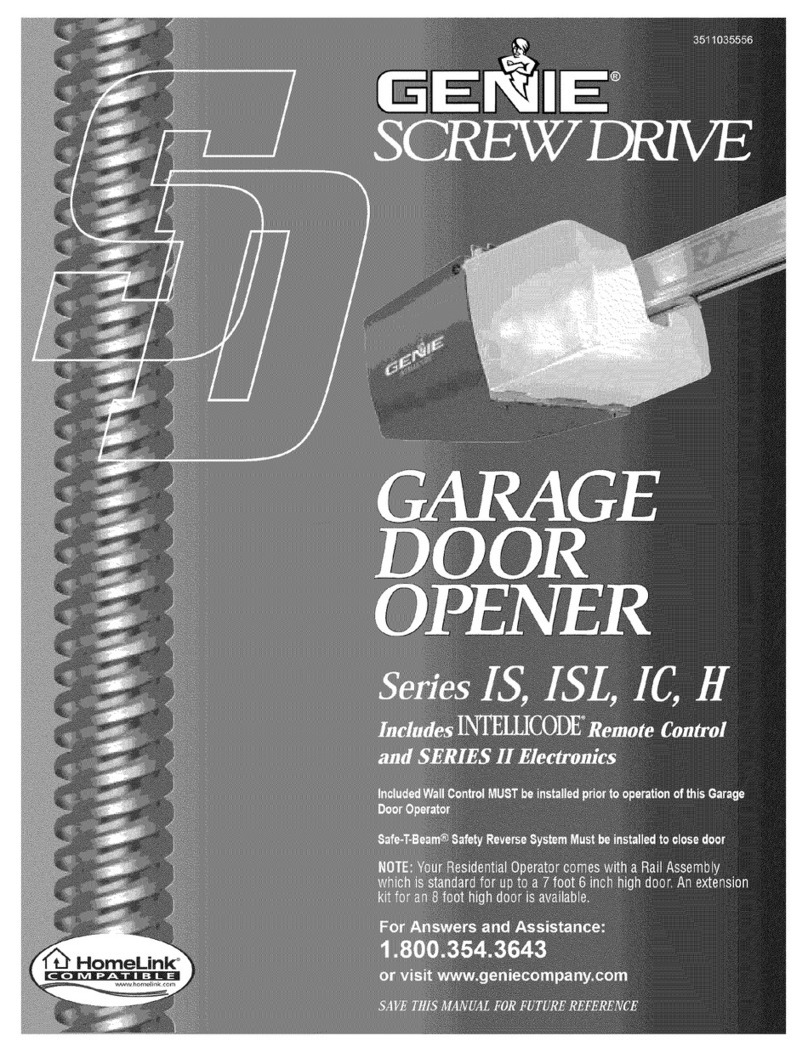
Genie
Genie IS User manual

Genie
Genie 2562 User manual

Genie
Genie ReliaG 600 Instruction Manual
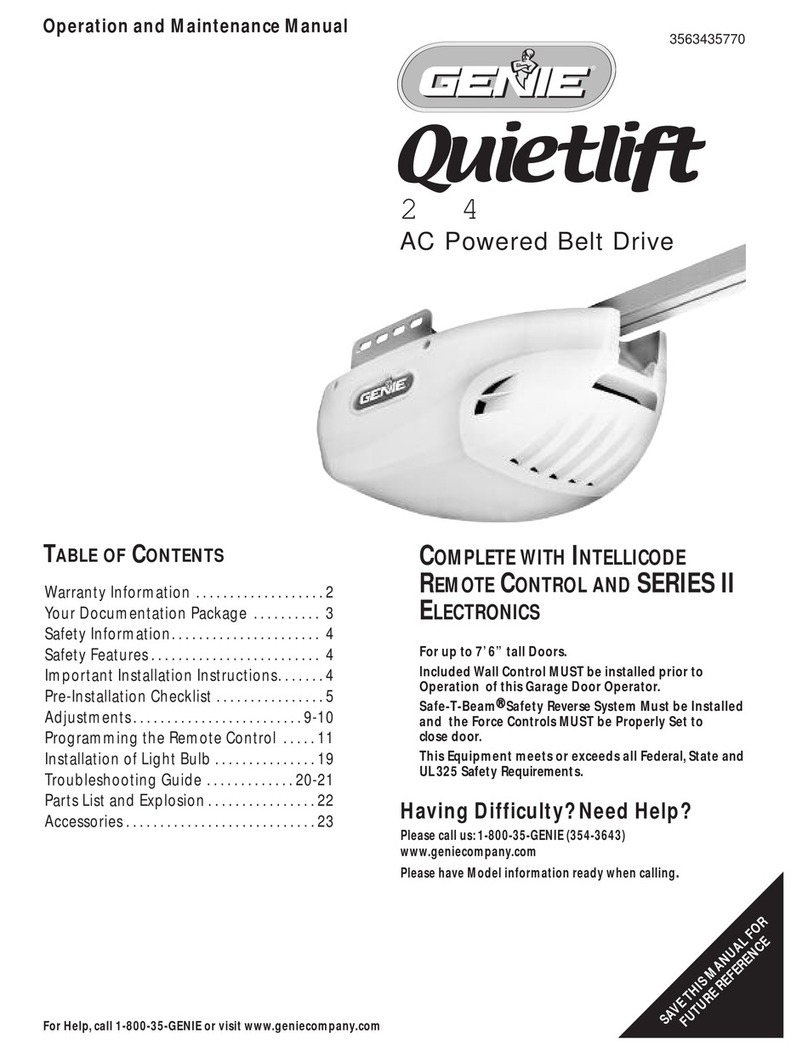
Genie
Genie QuietLift 2040C User manual

Genie
Genie Screw Drive Programming manual
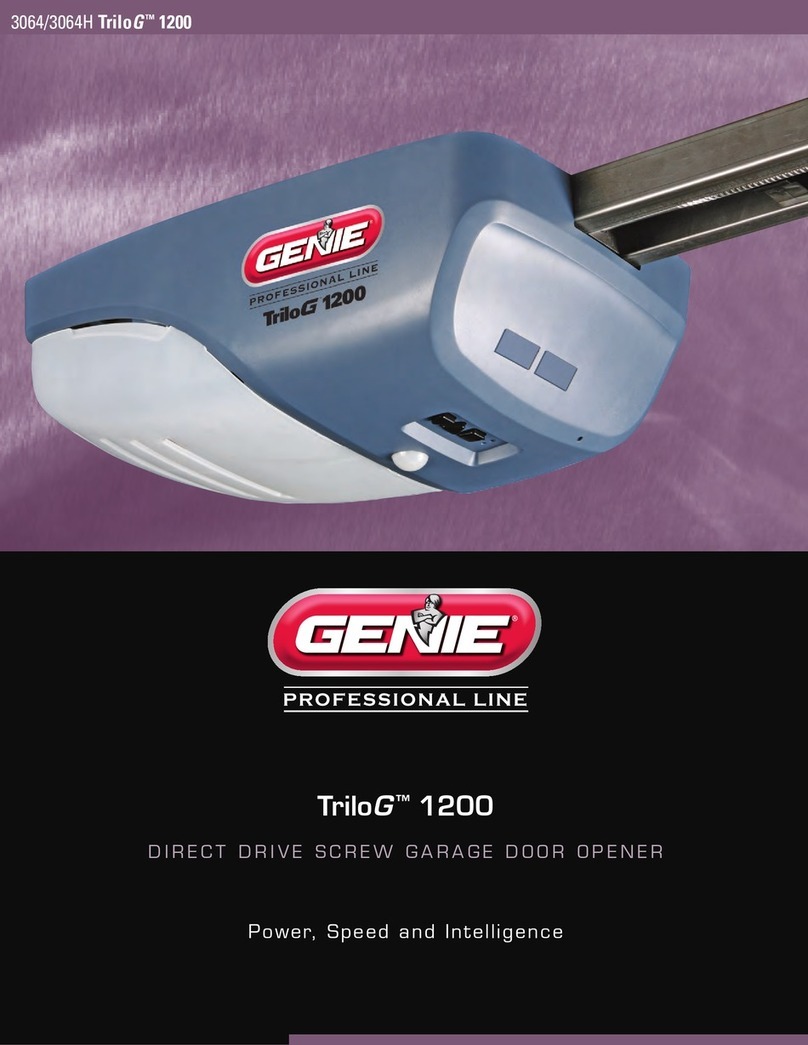
Genie
Genie TriloG 1200 Series User manual

Genie
Genie Garage Door Opener Owner's manual
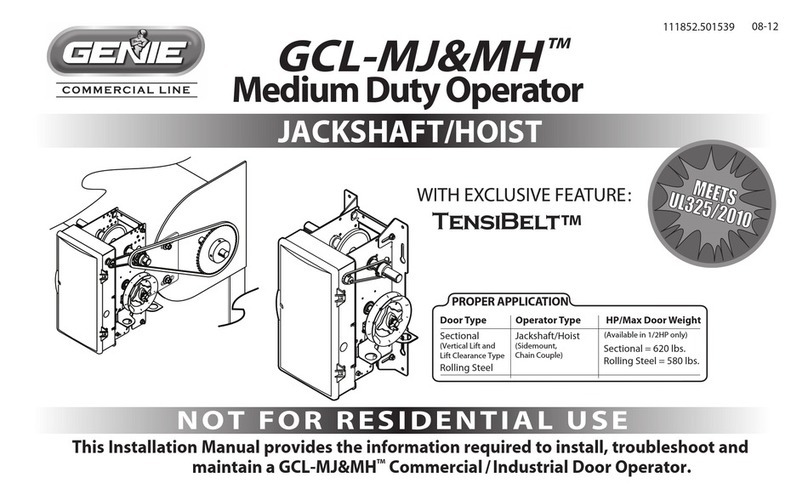
Genie
Genie GCL-MJ&MH User manual
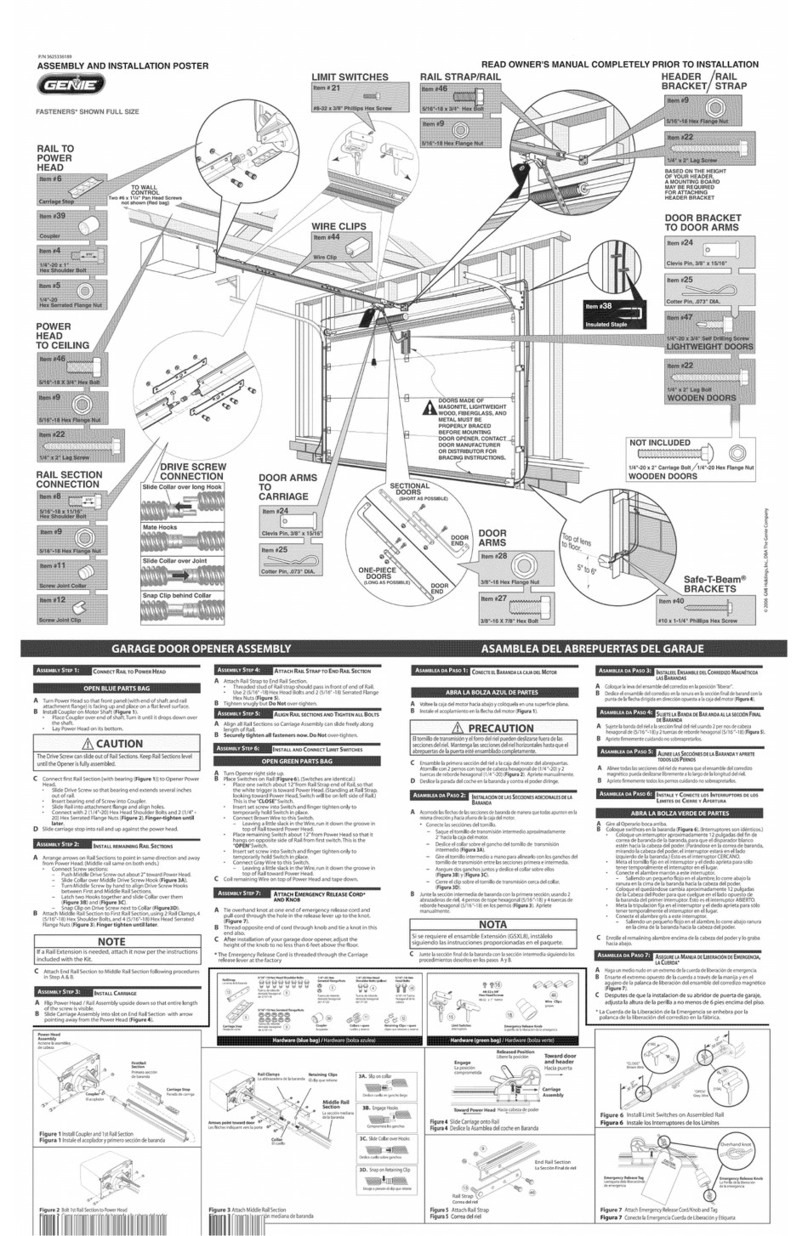
Genie
Genie 3625336189 Instruction Manual

Genie
Genie ScrewDrive Programming manual

Genie
Genie GPOWER 900 Owner's manual
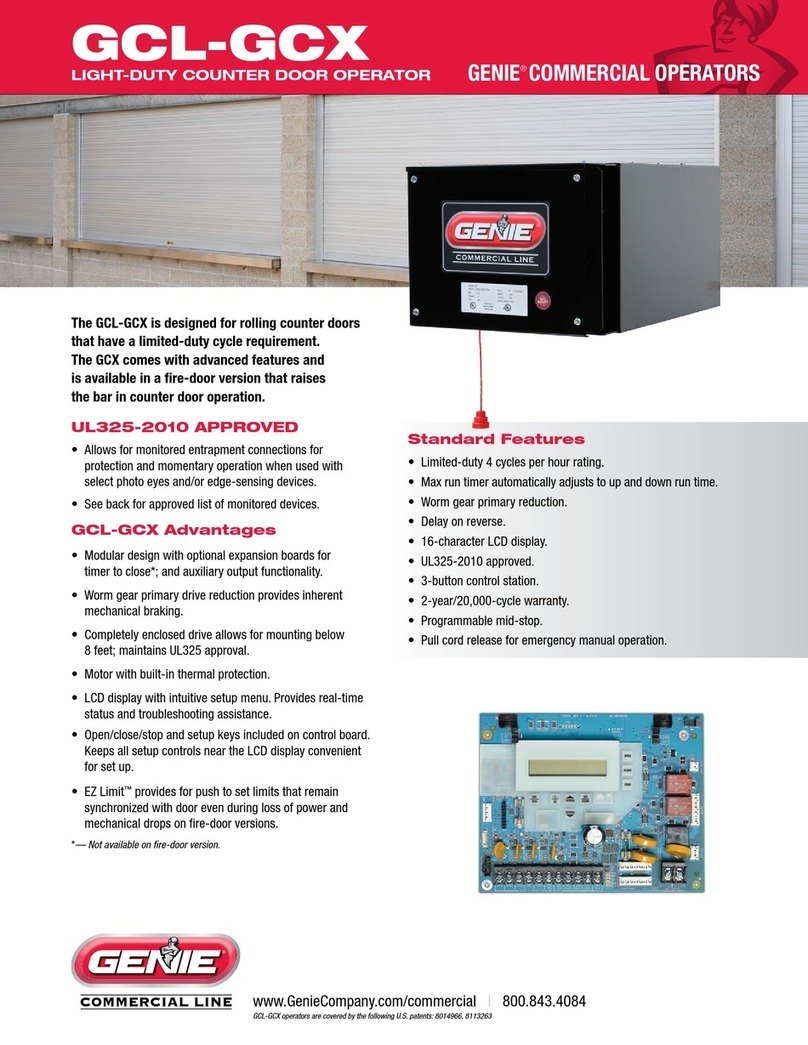
Genie
Genie GCL-GCX User manual

Genie
Genie 3020H User manual
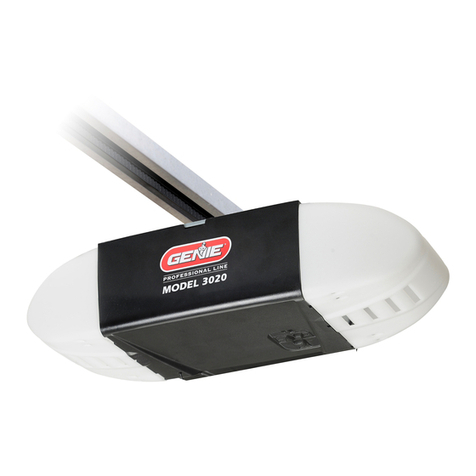
Genie
Genie Single User manual
Popular Garage Door Opener manuals by other brands

ATA
ATA GDO-6 EasyRoller instruction manual

CAME
CAME F4000 Series installation manual

Garaga
Garaga SECURITY+ 3265GCM 1HP owner's manual

Chamberlain
Chamberlain Whisper Drive SECURITY+ WD822K Series owner's manual

Chase Doors
Chase Doors DuraShield installation manual

CSI
CSI Classic installation instructions

Chamberlain
Chamberlain Elite 3575S owner's manual

Richmond
Richmond GTR156 user manual

B&D
B&D Controll-A-Door 5 instruction manual

Chamberlain
Chamberlain MyQ 940ESTD owner's manual

Automatic Technology
Automatic Technology GDO-9V1 SecuraLift installation instructions

Westfalia
Westfalia 19 36 07 instruction manual

Chamberlain
Chamberlain HD520EVP manual

Cardin
Cardin BL Series instruction manual

Chamberlain
Chamberlain 8355 - 1/2 hp installation instructions

Bauer
Bauer CROSS18 Application. Installation and Maintenance Manual

Dorma
Dorma ES 90 manual

Wayne-Dalton
Wayne-Dalton 8124 Installation instructions and owner's manual
